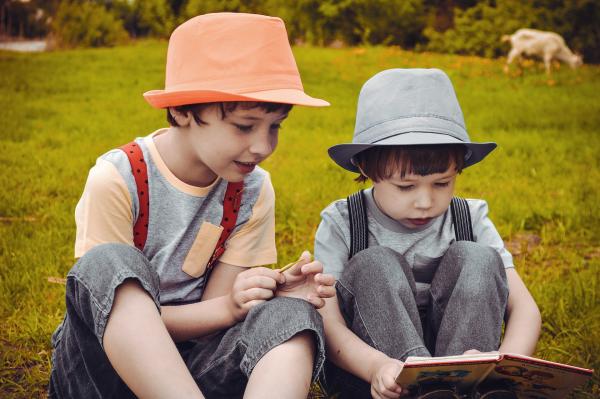Telling stories about health science,
“All of this is to say that the stories we tell ourselves about our success and failure can be quite different, even in the face of seemingly objective data—in the case of the Olympics, number of medals. This is always also the case in health, as much as in sports. And the same data can lend itself to quite different stories about our health achievement. The US spends far more on healthcare than any of its peer high-income countries. And yet, we have lower life expectancy at birth than our peers. One story of our health that these data tell is that we spend far too much and have less health dividend than we should. But, we also perform better than almost all of these countries for persons over age 75—when healthcare becomes most important. A story can then be told that we value our health throughout the life course, and that we spend accordingly, prolonging life, aligned with our national values.”
We need to learn a bit more about how we connect the dots in science. The dots are the observations, but the narrative in how we connect them telling the story we want to share. From Public Health Post, Telling Different Stories with the Same Data
Connecting dots can lead to serendipitous moments. For example, I read a short blurb by Austin Kleon that brought me to the work of Dr. Leonard Schlain, who, a bonus for me, was a self-described vascular surgeon. One of his best-selling novels is The Alphabet and the Goddess. You can find his summary, given as a lecture, here on Youtube – it is fantastic. I was aware previously of the contributions of Islamic culture to our science and math and also aware that most images, including, of course, the Prophet Mohammed, were forbidden. That, in part, explains some of the beautiful geometric imagery seen in Islamic art. So I was surprised to find that Islam’s deep traditions of art and science have had a global influence from The Conversation. As it turns out once again, there is much to be discovered, as that article brought me to a companion article in their series on Islam, No god but God: A breathtaking exhibition bringing Islamic art out of the shadows
A video moment: By way of the Browser, A Harp like you have never heard before, not to worry its only about 4 minutes
“Before we explore the evidence for fungal intelligence, we need to consider the slippery vocabulary of cognitive science. Consciousness implies awareness, evidence of which might be expressed in an organism’s responsiveness or sensitivity to its surroundings. There is an implicit hierarchy here, with consciousness present in a smaller subset of species, while sensitivity applies to every living thing. Until recently, most philosophers and scientists awarded consciousness to big-brained animals and excluded other forms of life from this honour. The problem with this favouritism, as the cognitive psychologist Arthur Reber has pointed out, is that it’s impossible to identify a threshold level of awareness or responsiveness that separates conscious animals from the unconscious.”
A consideration from Psyche on intelligence and consciousness, The fungal mind: on the evidence for mushroom intelligence
I can’t say I have ever shared in Tweet or its thread. Actually, I have never shared a thread, but this one about Ivermectin and the media response is useful. It is why when I report on a scientific study, I have read the study, not the abstract, not the PR release, the actual research. You have to look at primary sources.




